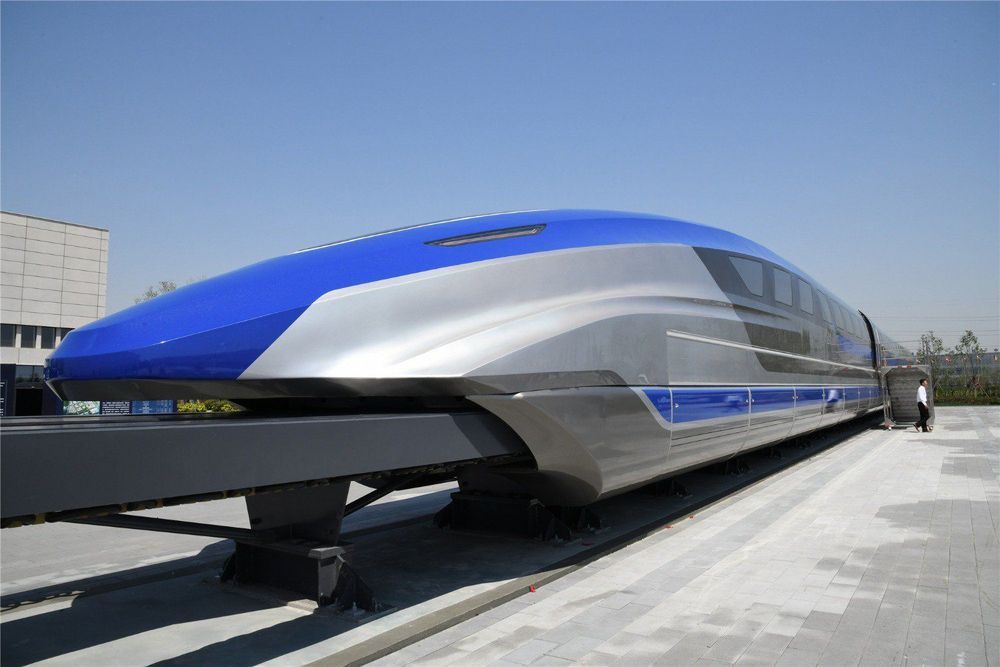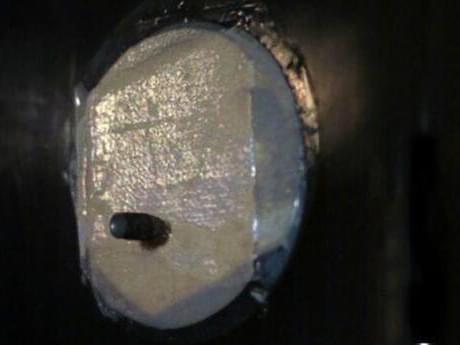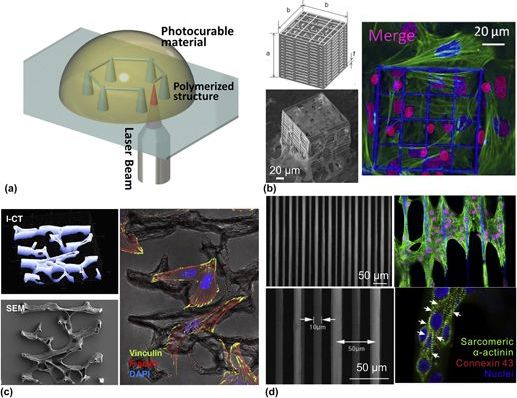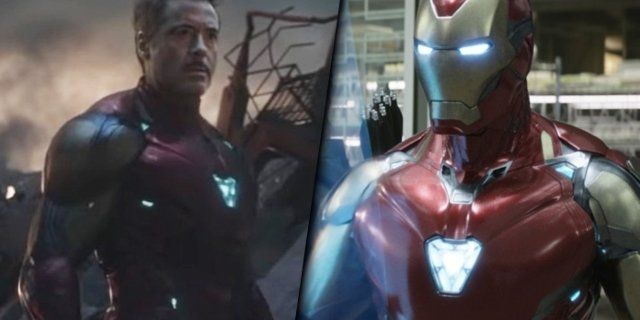May 23, 2019
Lunacy: how science fiction is powering the new moon rush
Posted by Derick Lee in categories: futurism, space
Science fiction is often seen as an anticipation – a fiction peculiarly expected to graduate into fact. But if technologies once found only in SF do sometimes become real they do not, in so doing, always cease to be science fictional. SF is not, after all, simply a literature about the future; it is a literature about the shock of new capacities and new perspectives, about transcendence, estrangement and resistance in the face of the inhuman. Its ideas shape and constrain the ways in which technological possibilities are seen, understood and experienced long after those possibilities are first tentatively realised. It illuminates the dreams of Musk, Bezos and all the other new moon-rushers.
Fifty years after the first moon landings, a new generation of space travellers, from Xi Jinping’s taikonauts to Jeff Bezos, are racing to colonise our nearest neighbour. Is reality catching up with sci-fi?
















